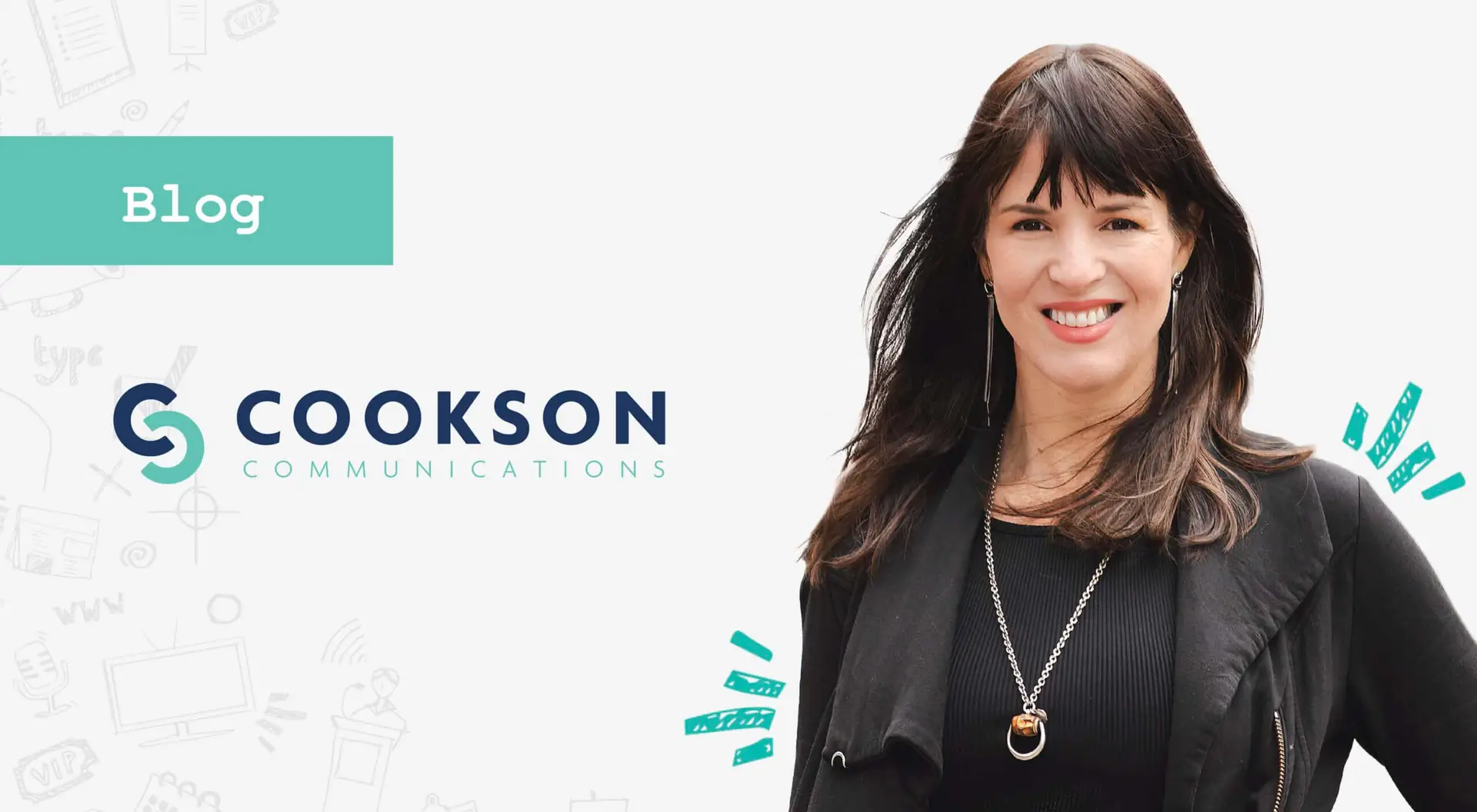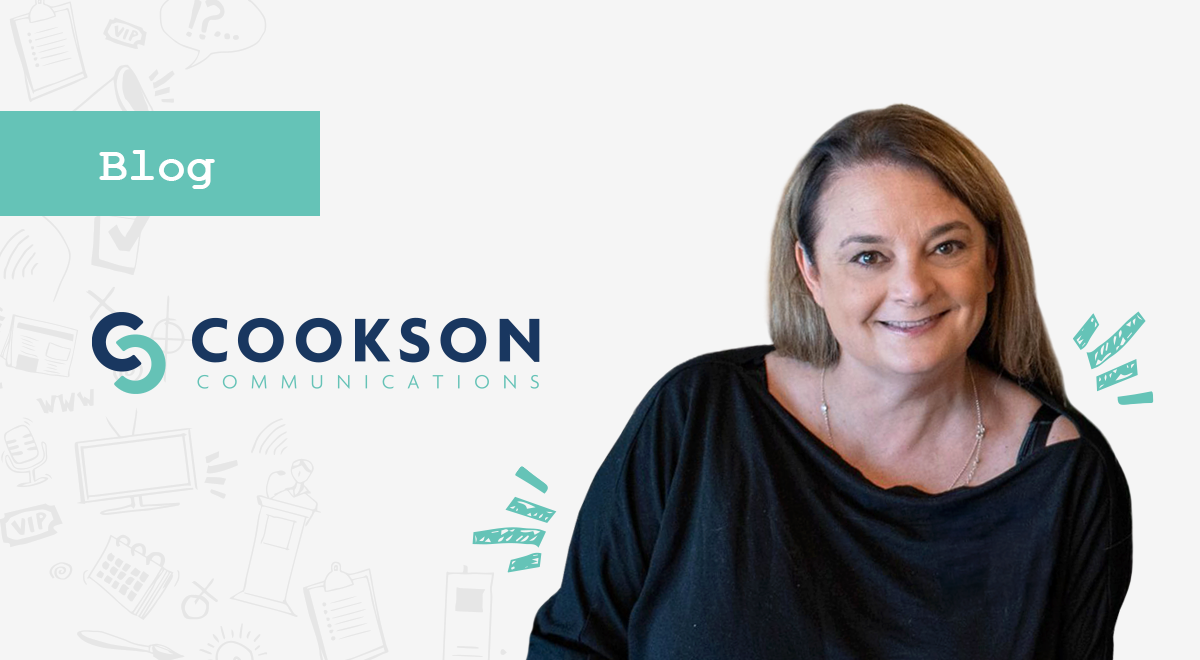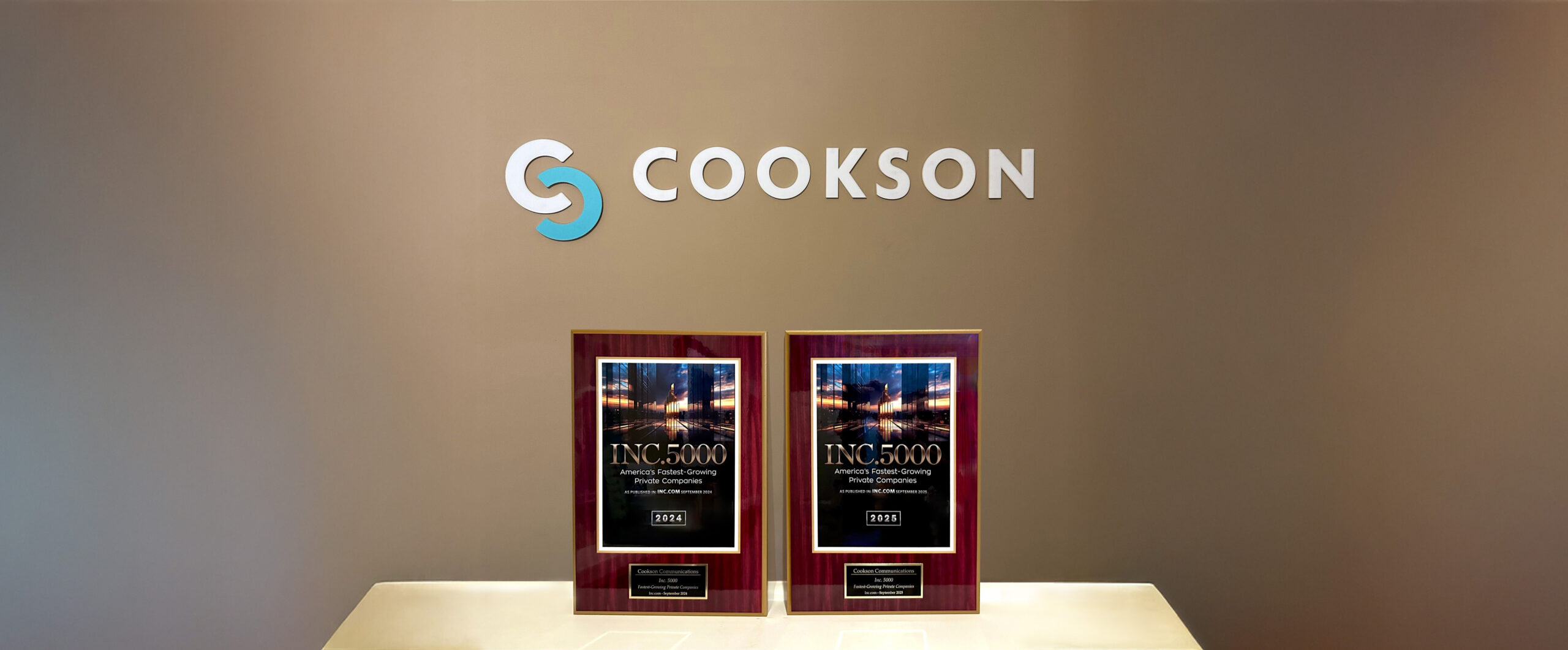When Dunkin’ Donuts rebranded in 2018 as Dunkin’, it set off debates across New England. Was it a wicked big mistake to change the look and name of a beloved institution, or wicked smaht as consumers became more health conscious and beverages became a larger part of the chain’s business? Would the “lahge regulah with extra shugah” ever be the same? (Sorry, I had to).
It turns out to have been a smaht move. Dunkin’s international income surged after the rebranding and today it is considered a success story. In fact, the change was directly influenced by its customers, who had been shortening the name to Dunkin’ for years anyway (unlike X – formerly known as Twitter – which is widely considered a disastrous rebrand).
Rebranding is serious(ly exciting) business
While seasoned marketers at Fortune 100 companies know how to navigate a rebranding effort (hopefully), many companies navigating it for the first time misunderstand the process. This is completely normal. The important thing to remember is that this is a Big DealTM, so congratulations are in order if you’re considering it!
Rebranding is often associated with a name and/or logo change, but effective rebranding is so much more. It is a carefully considered strategic move to redefine an organization’s identity and affects every written and designed marketing piece, from email signatures and signage to events. Ultimately, it’s an exciting milestone in the company’s growth, and when timed and handled correctly will drive it into the next phase with gusto.
Four phases (with a lot of steps in between)
Through years of rebranding work, we have honed the process down to four core phases. Within these phases are many milestones, and with them can come a few curveballs. Here is our approach and a few tips on how to avoid surprises.
Phase 1: Discovery
Start with your “why.” Rebranding should be considered if your brand no longer reflects your organization’s:
· Vision, mission and values
· Services
· Markets and audiences
· Image in the marketplace
Rebranding is NOT the answer if:
· You want to pump up sales quickly.
Through focus groups, surveys, meetings and other research, we learn about the perceptions of those who are most important to your organization.
Don’t be surprised by:
Feeling like you are in therapy. We are going to ask hard questions and dig deep during the process. You may receive feedback that is tough to take or discover that there is far more work you need to do to convey your organization’s mission, services or competitive advantage. But rest assured, the hard work will pay off and your organization will be rejuvenated by the end.
Phase 2: Messaging Identity
We carefully evaluate word choice to convey the intended perception of your brand. Using the findings from the Discovery phase, we work with you to hone the key messages that drive your organization. We cover tone, voice and subtle nuances about what the brand is or is not in written communication.
Don’t be surprised by:
The tonal shift. Organizations are often used to speaking to themselves versus their audience, and it may be a jarring change. Be open to creating relatable messaging that not only emphasizes your services and products, but most importantly speaks to your audience authentically.
Phase 3: Visual Identity
We begin by looking at the core component of your visual brand: your logo. This mark will drive all supporting imagery, such as iconography and illustration and assist with photography and videography direction. A comprehensive set of Visual Brand Guidelines are developed to maintain your brand’s integrity over the long term. The document provides guidance on the usage of all brand elements, such as fonts, colors, logo placement and sizing.
Don’t be surprised by:
How much time unique designs take. The creative team works through hours of trial and error to get to the good stuff. In addition to creating professional and accurate designs, we research other brands to make sure your visuals are unique, flexible, and impactful.
Phase 4: Brand Rollout
This step often gets overlooked but is critical. How will you announce your rebranding? Communicating with key internal and external audiences will be the difference between confusion and success. A carefully implemented strategy customized to your audiences and organization is essential to tie the rebranding to a positive change in your organization’s identity. A company may choose to roll out the branding slowly, or “flip the switch.” Regardless of which you choose, this phase is just as important as the rebranded deliverables themselves and requires a detailed strategy.
Don’t be surprised by:
The rollout affects all materials. No, really. It varies drastically from client to client, but we typically see anywhere from three months to a year (or longer…we’re looking at you, Meta). This will be influenced by the number of stakeholders, focus groups, company products and divisions, and type of rollout.
Done well, rebranding rejuvenates your organization and supports your goals. If it is rushed or poorly executed, it can backfire in a big way. You just need to be smahtTM about it.
Need some inspiration? Here are a few case studies:
https://cooksoncommunications.com/work/rebranding-peabody-place/
https://cooksoncommunications.com/work/oztek/
https://cooksoncommunications.com/work/the-foundation-for-new-hampshire-community-colleges/




